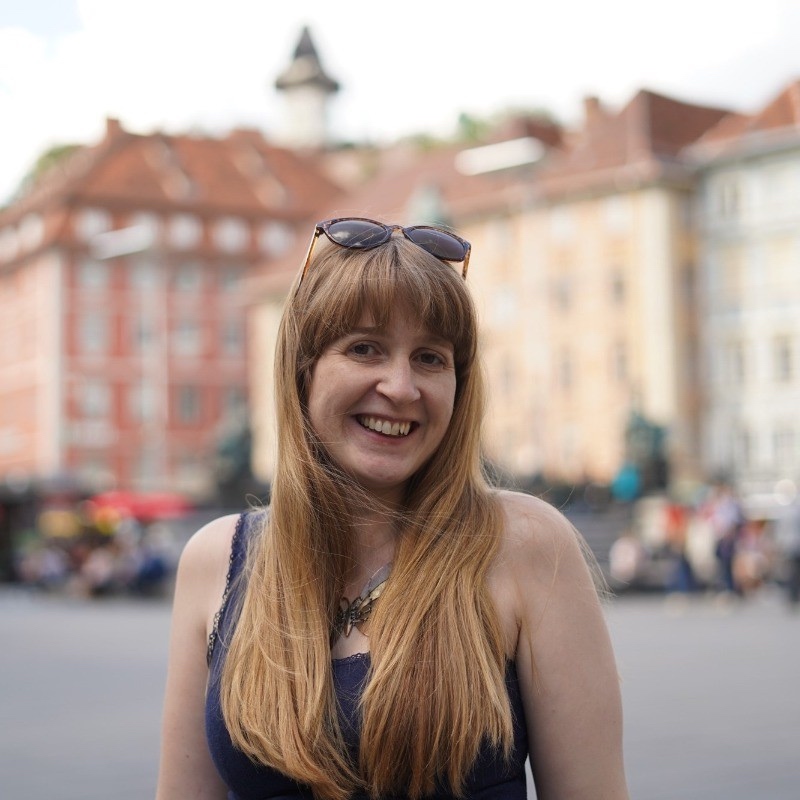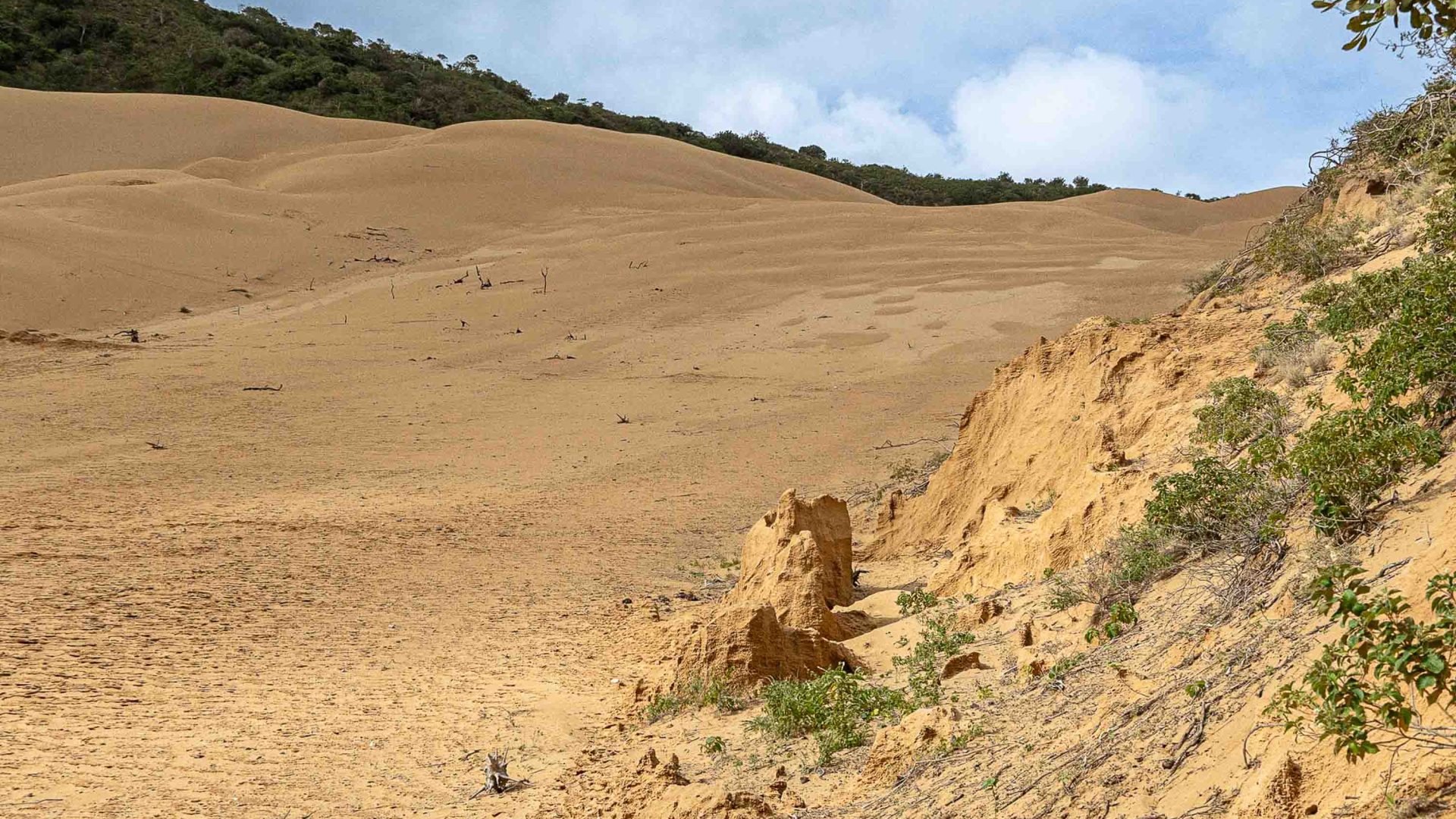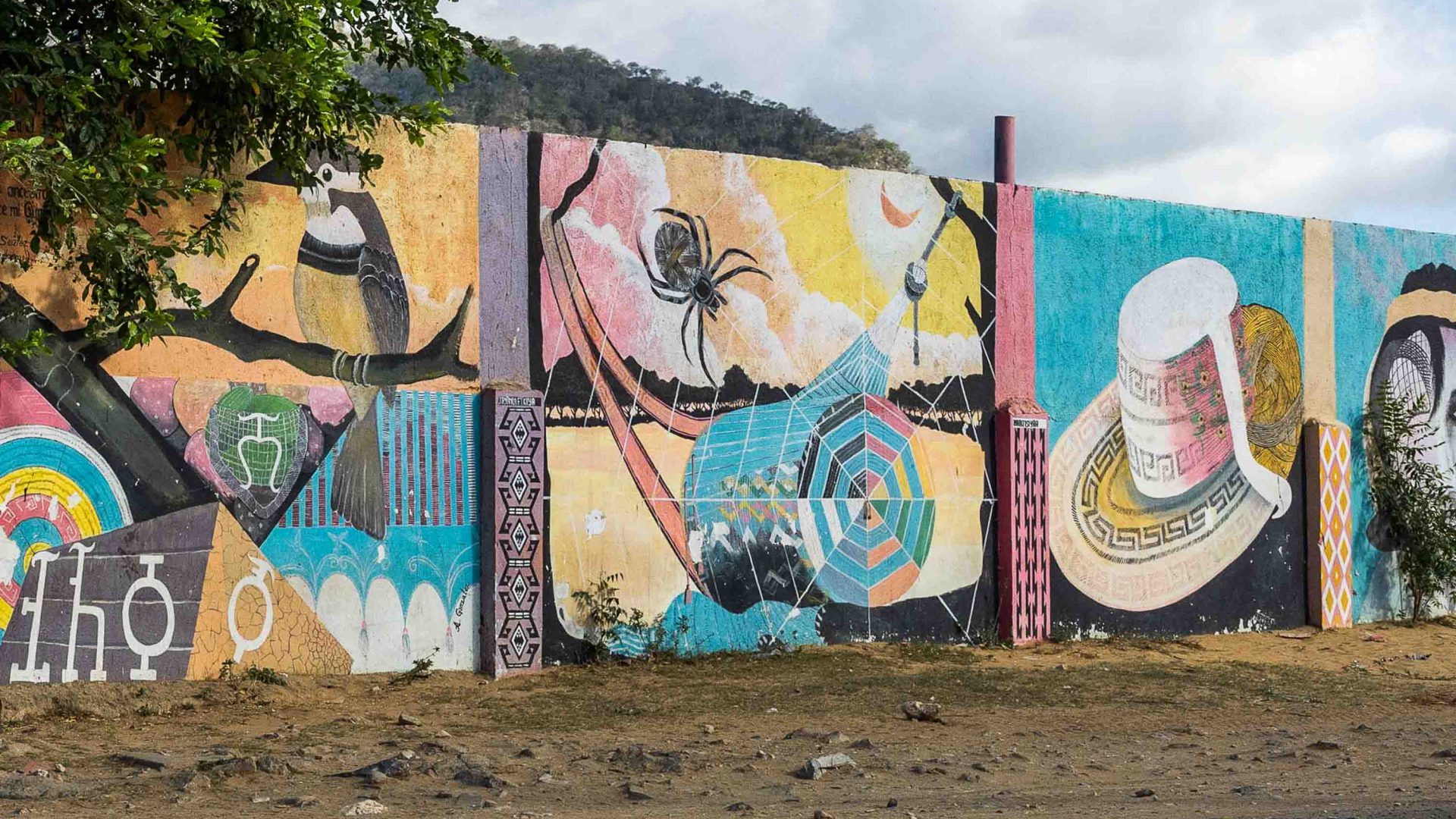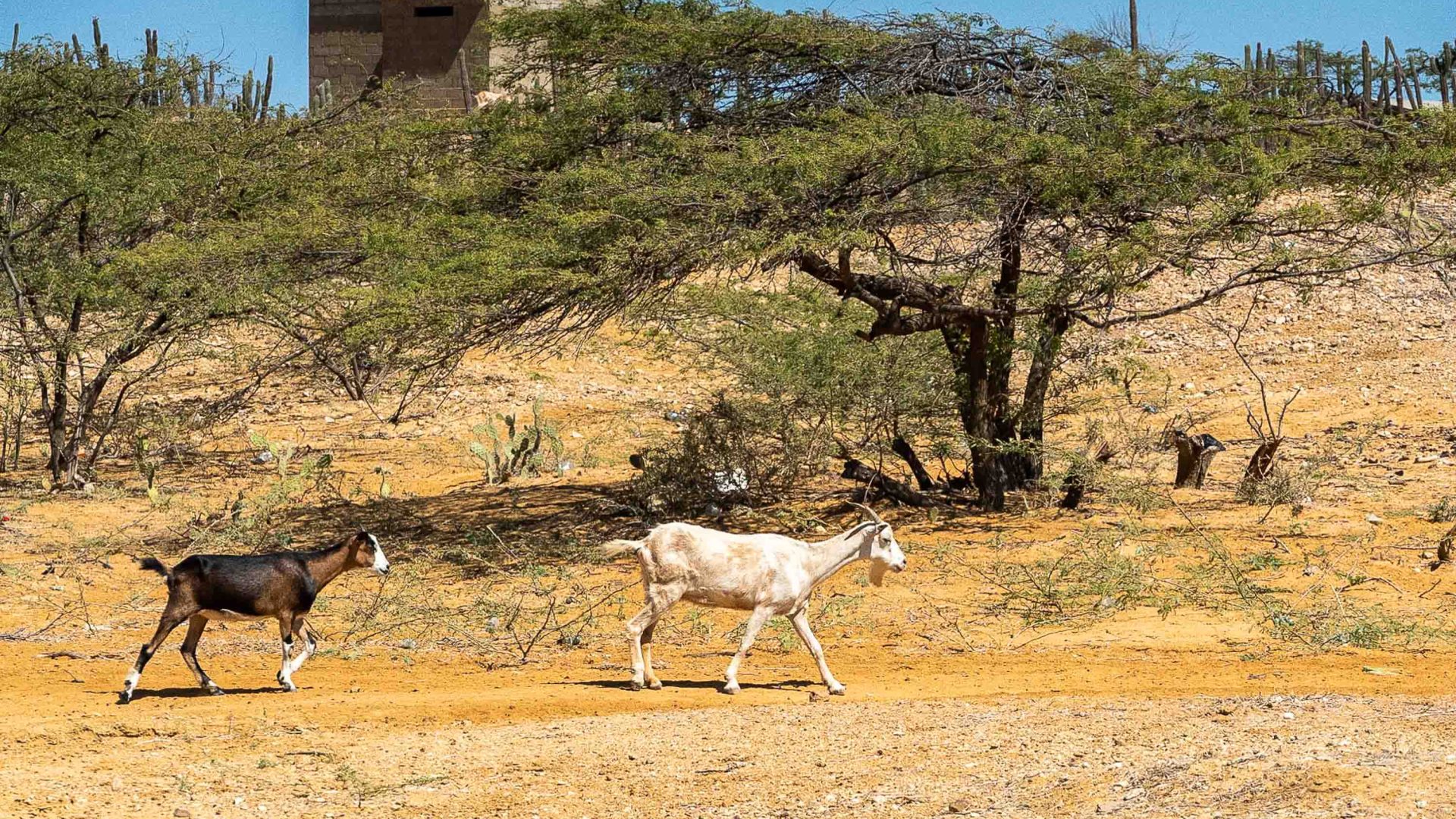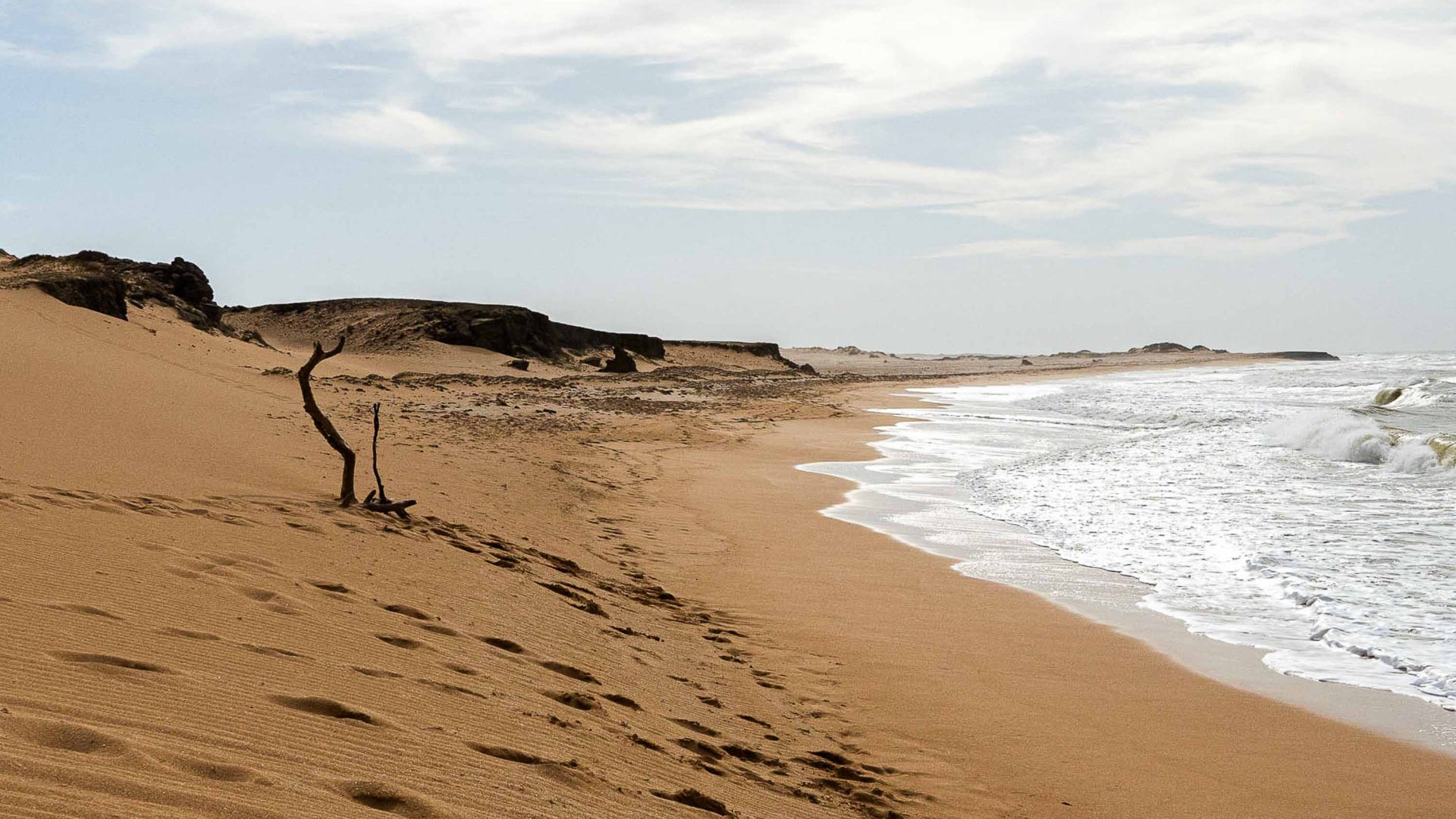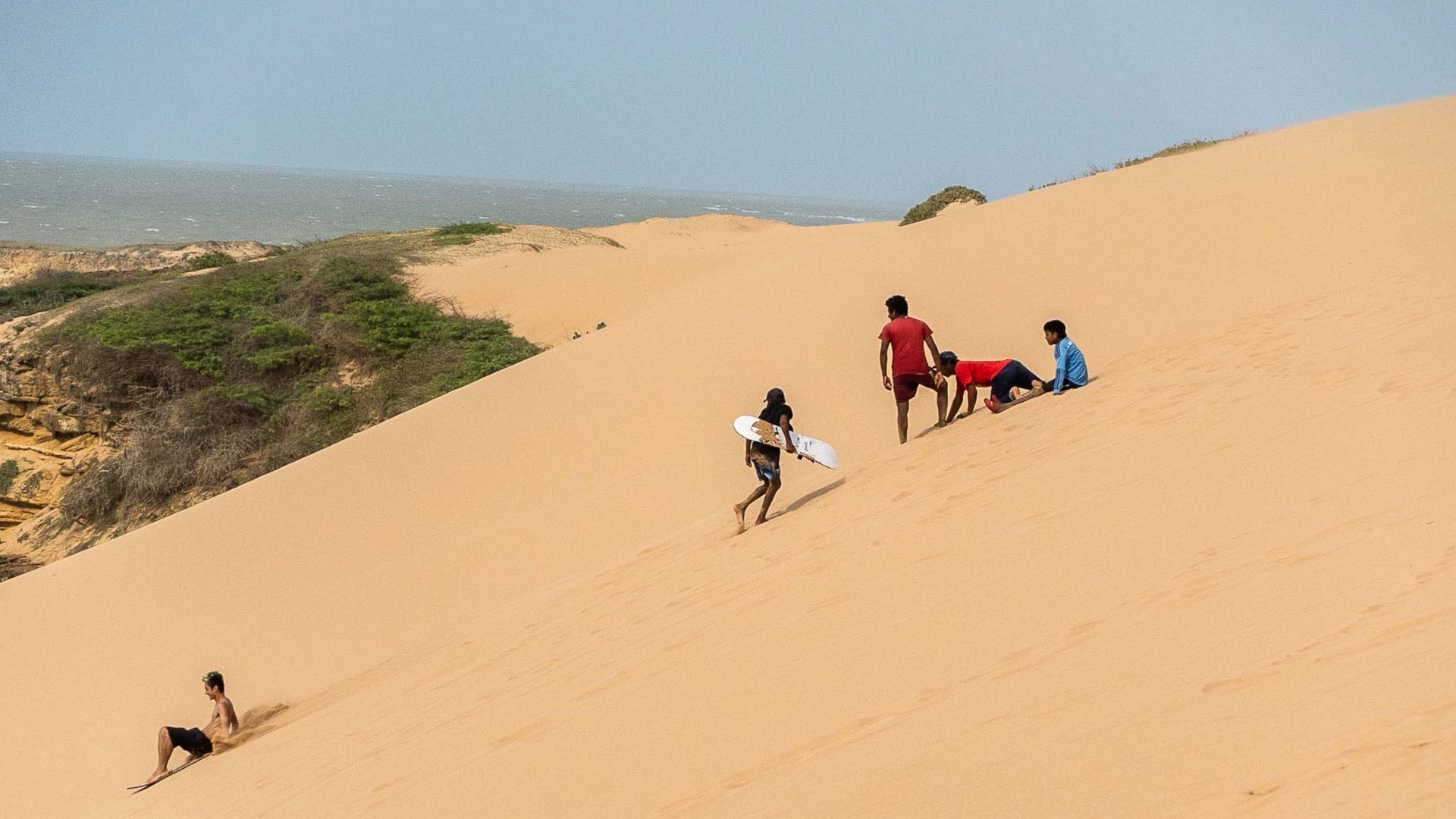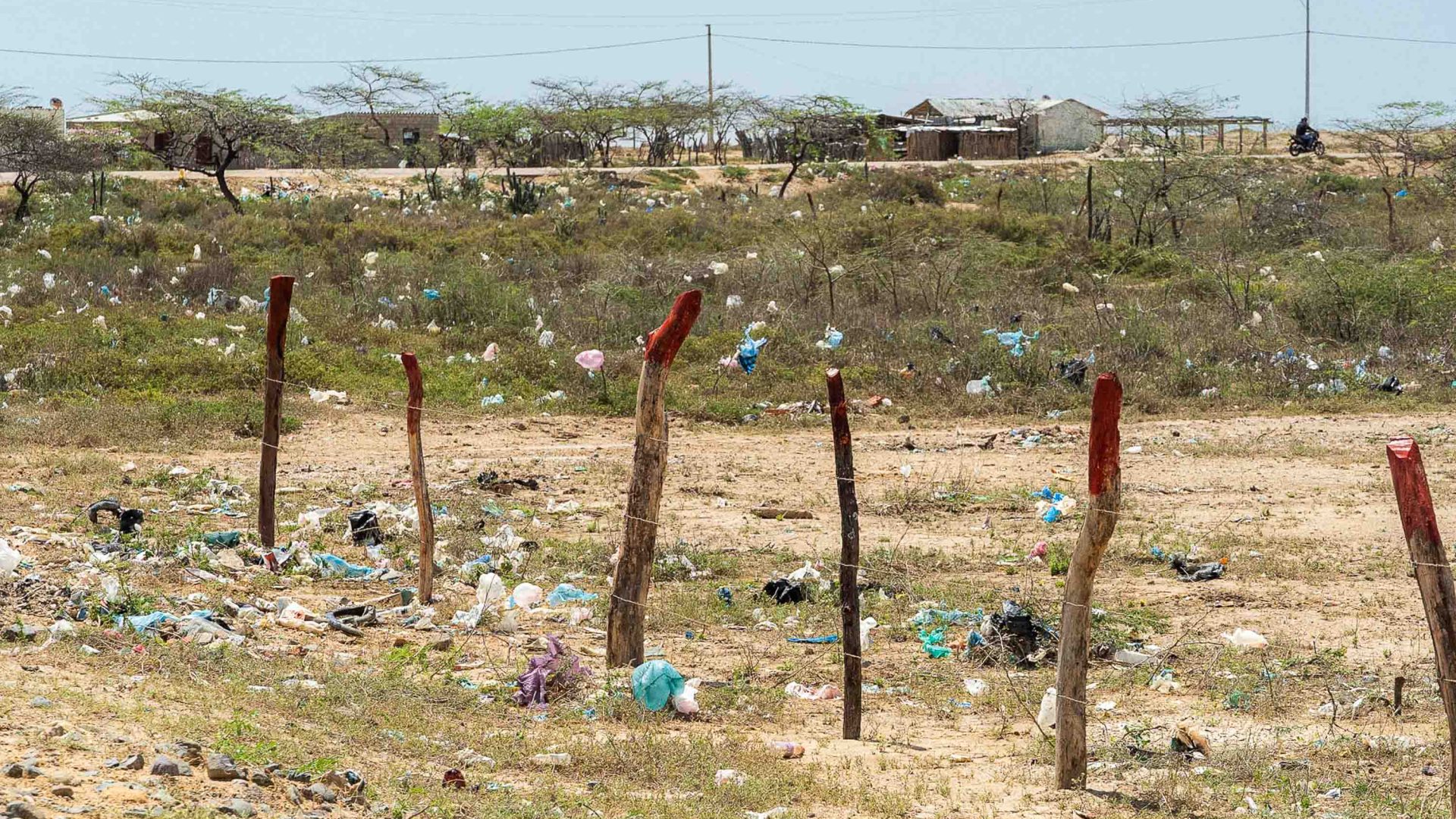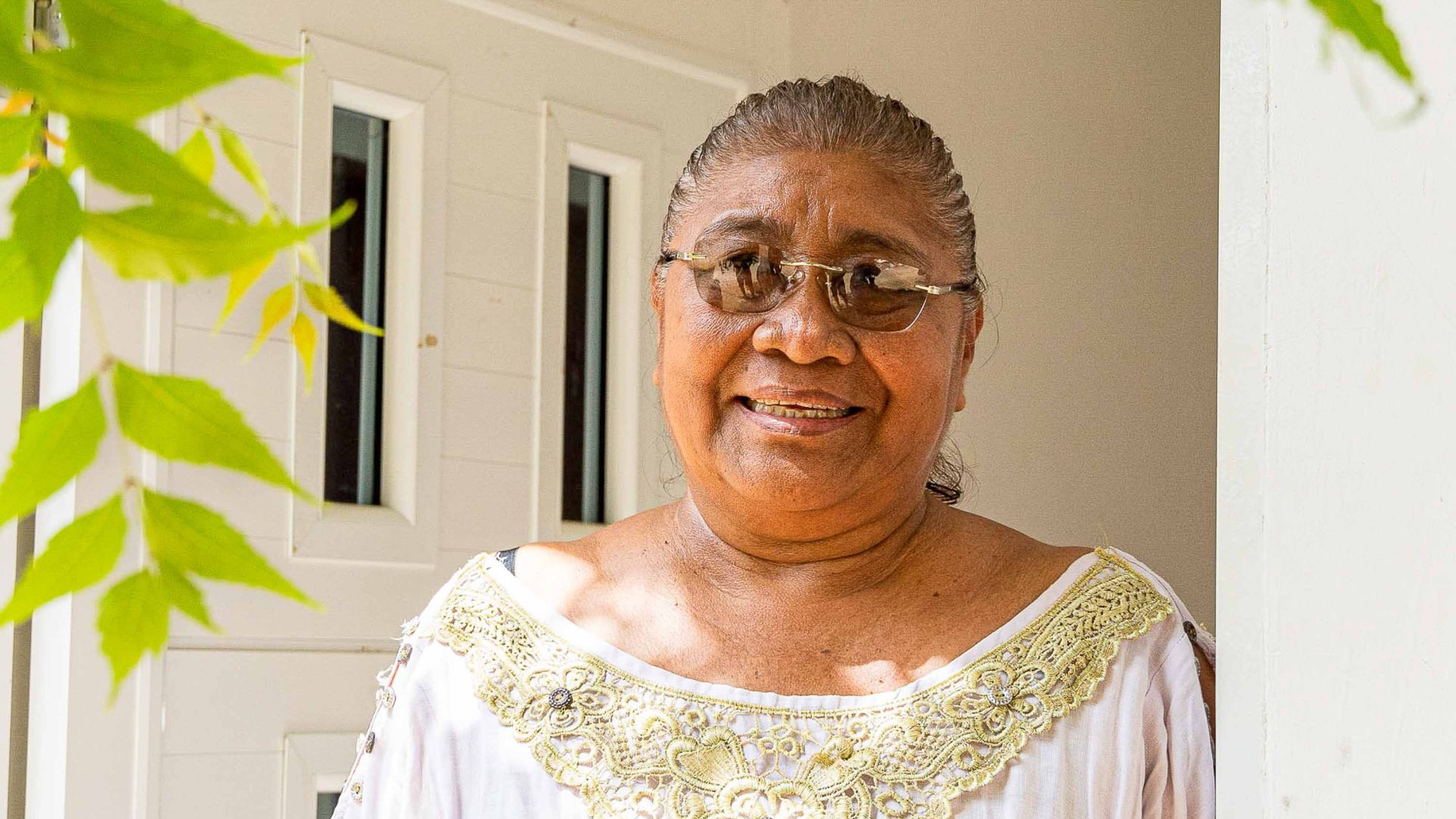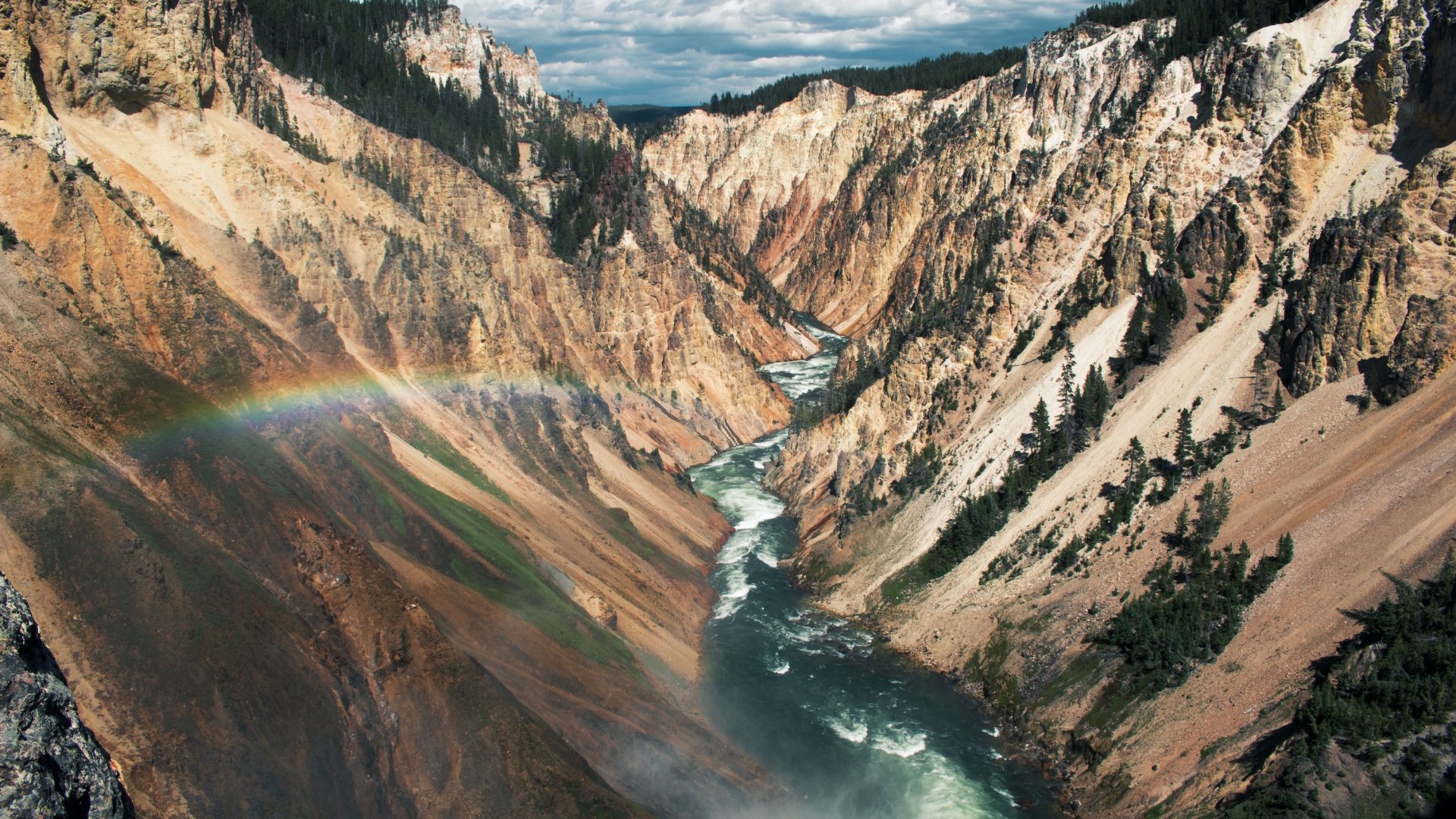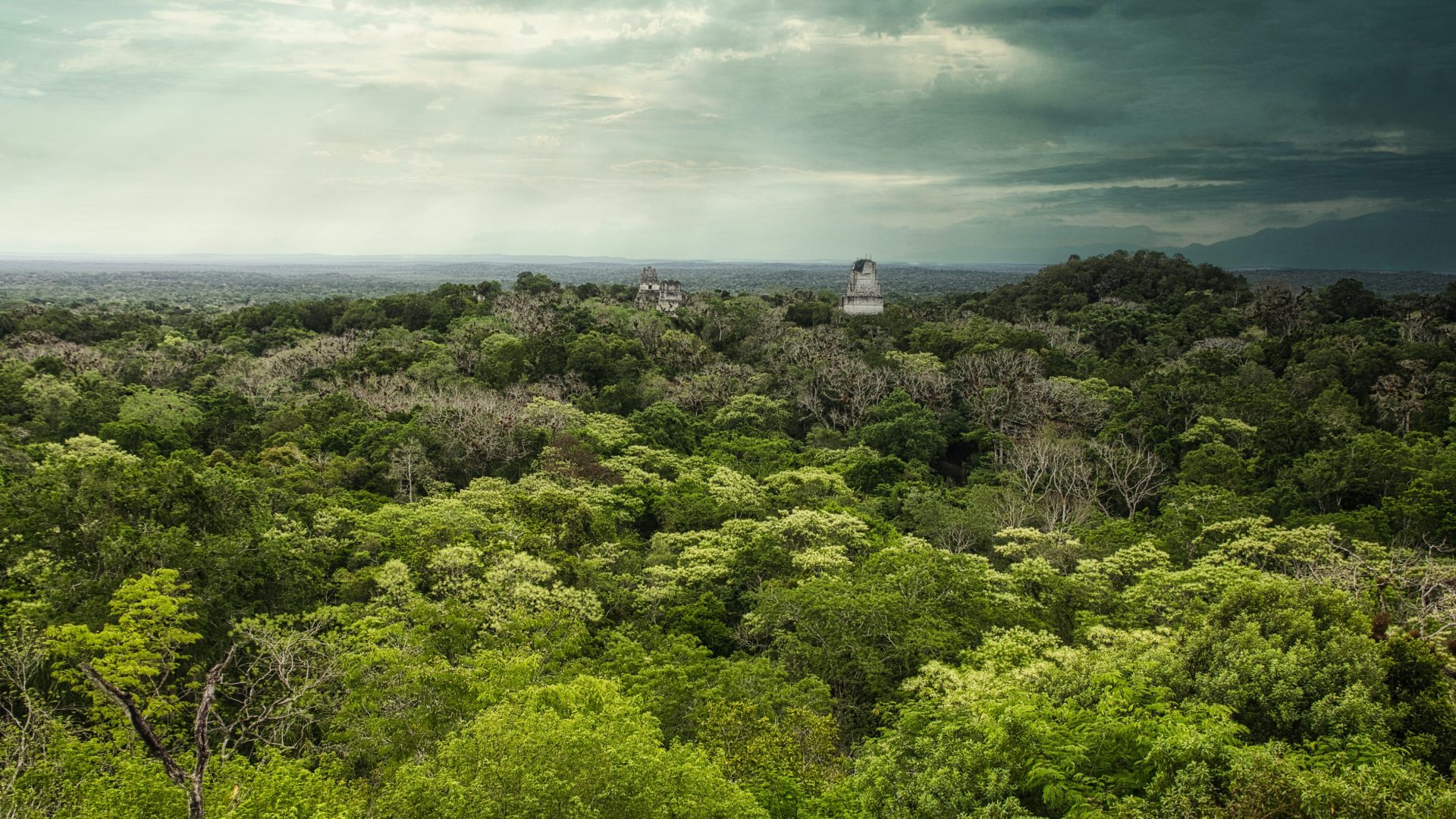“There was one year where it didn’t rain. All our animals died.”
Esperanza Pushaina’s stare is matter-of-fact, conveying the wisdom of 50-odd years inhabiting Colombia’s arid La Guajira peninsula. She pauses, gesturing towards the desert surrounding us and her community of Piruwaitamana. “And we died from hunger.”
In the past decade, a stream of tourists has descended onto the boiling-hot plains of this vast wilderness straddling the border between Colombia and Venezuela. It’s a landscape of two halves. Inland, the monotonous desert is dotted with dagger cacti, hardy, stunted trees and dreamlike salt flats.
On the coast, pristine sand dunes reign. Both are bewitching in their own right. But it’s also Colombia’s most underprivileged region and home to the Indigenous Wayuu people, who’ve spent centuries symbiotically coaxing life out of this inhospitable terrain.

